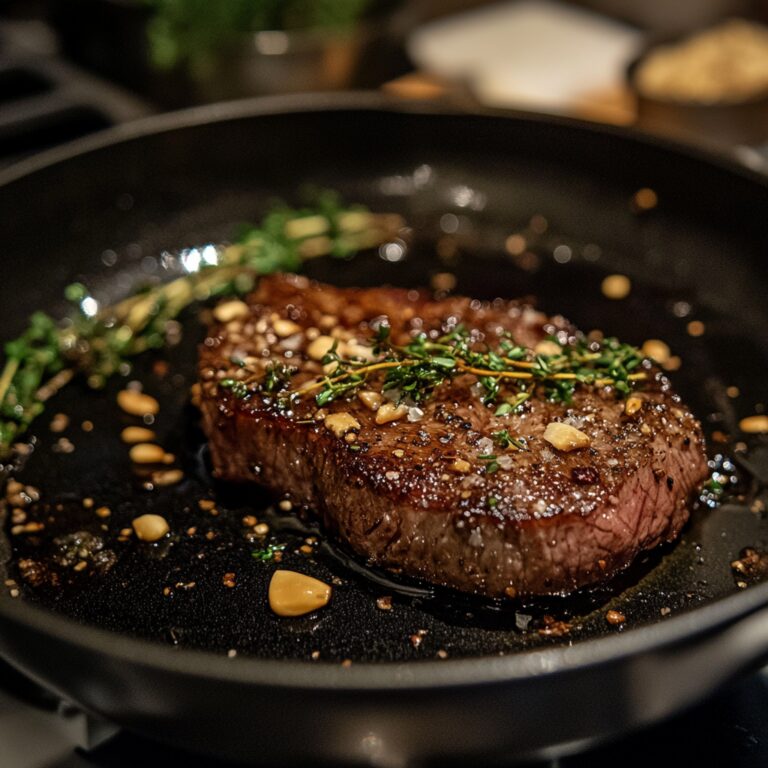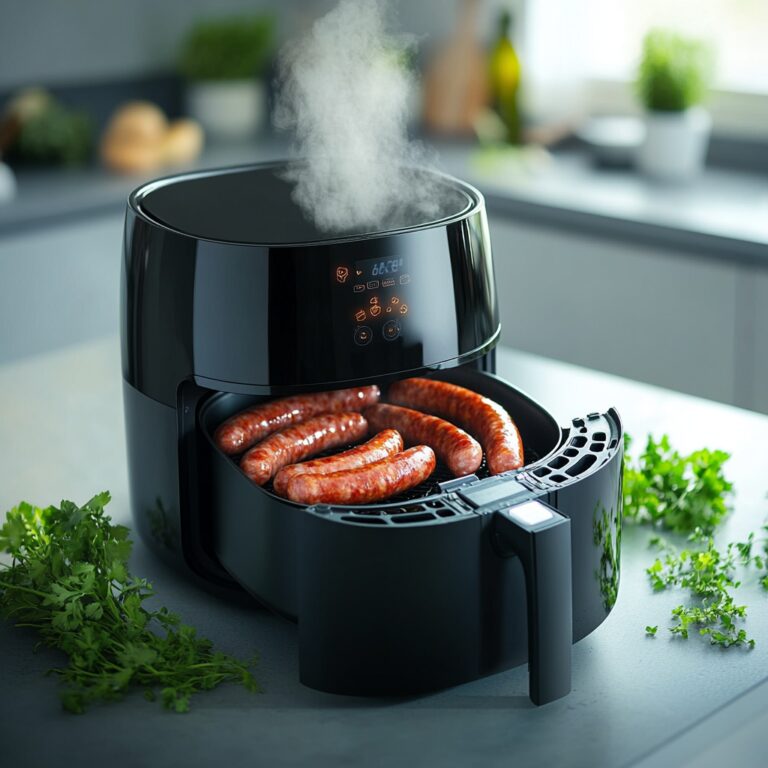Identify First Edition Pokémon Cards: A Complete Guide
If you’re a Pokémon enthusiast or a collector, you probably understand the immense value first edition Pokémon cards hold. These rare gems are coveted not just for their nostalgic worth but also for their monetary value. Knowing how to identify first edition Pokémon cards is essential for any serious collector. This comprehensive guide will provide you with everything you need to accurately recognize these prized possessions.
Understanding the Basics
First edition Pokémon cards were the initial print run of the Pokémon Trading Card Game (TCG) when it was first released. What makes these cards distinct from others are specific marks and symbols that differentiate them. Recognizing these marks can be the difference between a regular card and a first edition treasure.
Key Features of First Edition Pokémon Cards
The First Edition Stamp
One of the most important indicators of a first edition card is the first edition stamp. This stamp can be found on the left-hand side of the card, just below the card’s illustration. The stamp looks like a black circle with a “1” inside it, followed by the word **”EDITION”**. This mark confirms that the card belongs to the first print run.
Shadowless Borders
Another feature to look out for is the absence of a shadow around the card’s illustration area. Early first edition cards have **shadowless** borders, which give them a cleaner and more straightforward appearance. These shadowless cards were only produced during the initial print run, making them more scarce and valuable.
Set Symbol
Most first edition Pokémon cards include a set symbol to the right of the card number. This symbol indicates which set the card belongs to. Different sets have different symbols, so becoming familiar with these marks will help you quickly identify first editions.
Dealing with Variants and Reprints
Unlimited Edition Cards
After the first edition run, Pokémon cards were released as **Unlimited Edition Cards**. These cards lack the first edition stamp but may still possess the shadowless feature, especially if they belong to the very early print runs. Becoming proficient at distinguishing between first edition and unlimited edition requires close inspection of these key features.
Reprint Sets
Be cautious about reprints, as some sets have been reissued over the years. Always check for the **first edition stamp and the set symbol** to ensure you’re looking at an original first edition card.
Pricing and Market Value
The market value for first edition Pokémon cards can vary significantly based on a few factors:
Condition Grading
Condition plays a crucial role in a card’s value. Professional grading services can evaluate and grade your cards. Cards in **mint condition** generally fetch higher prices compared to those that have been played with extensively.
Verification and Authentication
If you’re buying or selling first edition Pokémon cards, **verification and authentication** are vital steps to ensure you’re dealing with genuine items.
Third-Party Grading Services
Several professional services offer grading and authentication for Pokémon cards. These companies thoroughly examine and grade the cards, providing them with a certification that guarantees their authenticity. Using these services can:
Spotting Fakes
The market is unfortunately plagued with counterfeit cards, making knowledge and vigilance essential. Look out for:
Where to Find First Edition Pokémon Cards
Finding first edition Pokémon cards can be a challenge, but knowing where to look can significantly increase your chances.
Online Marketplaces
Popular online marketplaces often have listings for first edition Pokémon cards. Be sure to:
Specialized Collectible Stores
Many collectible stores, both online and offline, specialize in trading card games. These shops often have first edition Pokémon cards for sale. Visiting these stores can also provide you with the opportunity to ask experts for advice.
Community and Network
Engaging with the Pokémon card collecting community can offer leads and opportunities to acquire first edition cards. Attend:
Conclusion
Navigating the world of first edition Pokémon cards can be daunting, but with the right knowledge, you can confidently identify and collect these rare treasures. Remember to look for the first edition stamp, check for shadowless borders, and familiarize yourself with set symbols. Pay attention to condition and use professional grading services to authenticate and value your cards. Whether you’re a seasoned collector or just starting, this guide will help you on your quest to find and appreciate first edition Pokémon cards.





